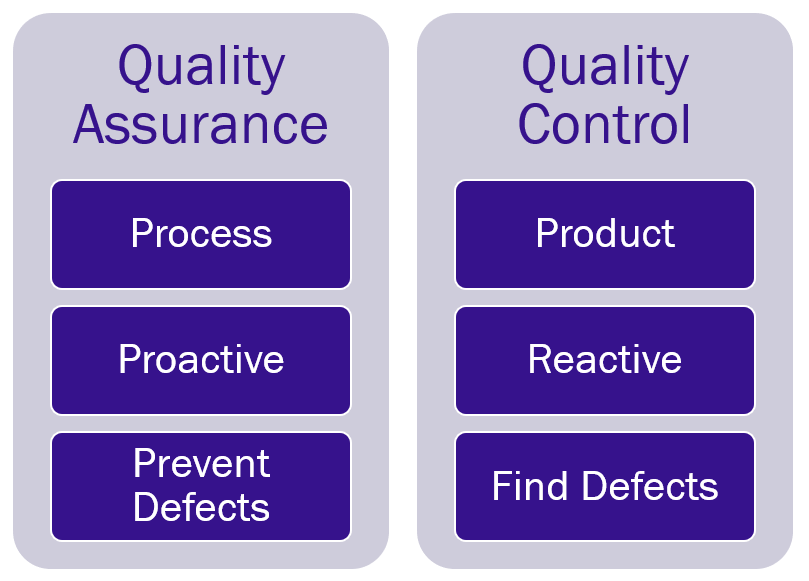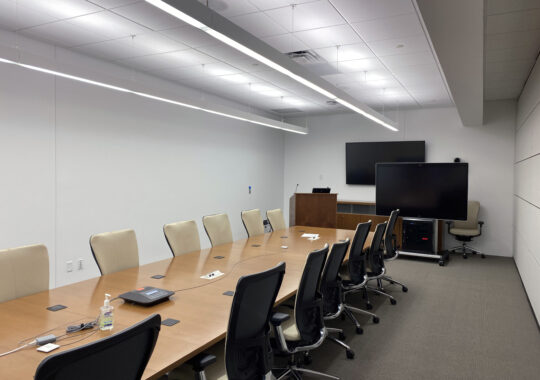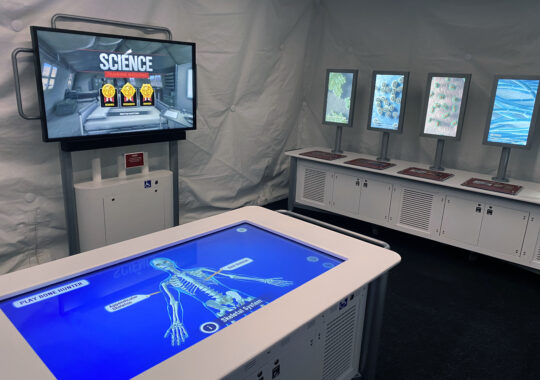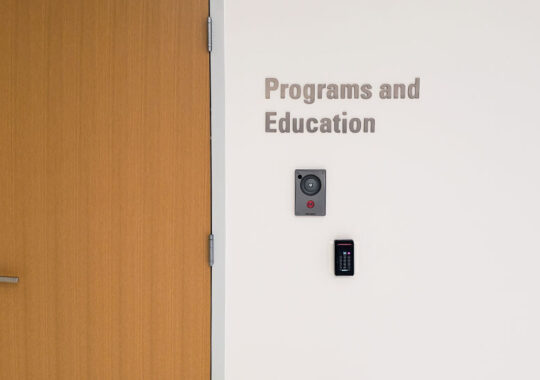Quality assurance (QA) and quality control (QC) are the processes of making sure the work we do and the work we submit is correct, accurate, and professional. It is an ongoing process that ebbs and flows based on the project requirements and the schedule of what needs to be done. While often combined in the general sense, it is important to note that QA and QC are two distinctly separate things.
QA is the continual proactive process of improving our work, our processes, our designs, and the way we do things. Its purpose is to ensure consistency in our daily professional lives and that those processes are standardized in a way that, in essence, anyone can step into that flow mid-stream, pick it up, and run with it. It is purposeful, sequential, and task-based. It is focused on how we do our work.
QC is the reactive part of what we do to make sure our work was done the right way. It ensures the final product is correct and usable. It focuses on the work we have done and making sure it has followed the process and is error-free.
How does QA/QC Affect Business?
Simply put, time is money. Often in the AEC Industry, we propose on projects at a lump-sum or hourly (not-to-exceed) rate. A lump-sum means we have agreed to be paid a sum of money to do the work – no matter how much effort it takes. Whether it takes one person or twenty people, the payment is the same. If we do our work correctly and without error, we are efficient and maximize revenues by limiting the time spent on a project. The goal is to beat our budgeted time estimate. In an hourly scenario, we are paid by the hour for the work we do – up to the limit of our fee. In this scenario, the efficiencies are different because we cannot capture full revenue unless we expend every hour budgeted. There is no benefit in spending less time and the goal is to meet our budgeted time estimate.
The amount of time spent working is the critical factor in the financial success of the project. If we stick to our plan, we have more time to spend on other projects. This in turn allows us to then capture revenue from those projects and continue the Cycle of Efficiency and Maximization of Revenue. This does not mean we take shortcuts and neglect the required work, but if we can do the work quickly and meet or beat our budgeted time, we have more time to work on other projects.
Poor QA and lack of QC is a major contributor to this pitfall as without either one, errors will result, work will need to be re-done, and budgets will be exceeded. If we do not budget the time into the project delivery process, we will not be able to ensure our work is correct. Those errors then get picked up by the client after delivery or, even worse, in the field during construction. As one can imagine, these errors need to be corrected in near real-time, meaning project staff have to drop whatever else they are working on in order to make the corrections and edits. This breaks the Cycle of Efficiency and impacts not only the problem project but also the schedules and budgets of other projects and eats away at the time necessary for QA/QC, resulting in missed errors and deficiencies….and it can go on and on.
Risks from No QA/QC
There are further indirect financial impacts that can result from poor QA/QC, and they can be far more critical and have a greater overall negative impact.
Frequent mistakes can become representative of a firm or professional for having a reputation for making errors or doing sloppy work. It can overshadow someone’s reputation for excellence and commoditizes their work as they end up being no better than, or maybe worse than, everyone else. Would you want to hire a contractor to work on your house if you knew their work was not of sufficient quality? Clients in this space approach their projects the same way.
It’s commonly said that we learned the basis of everything we need to know in kindergarten; be nice to others, share, do not run with scissors, and wash your hands. However, another lesson we learned in those formative years of elementary education is to always check your work. How many tests could you have scored better on if you just checked our work and caught any mistakes?
Implementing & Cultivating a QA/QC Process
Managing this process starts with managing our time. At a consultant level, we know the basic fundamentals of our projects and what is expected of us. While the outcomes of each project are unique and custom for each of our clients, the workflow is the same no matter how you break it down. Knowing your process and deliverables allow you to start looking ahead and build in the time needed to complete tasks. This beings the QA process.
Having an established and set of standards, guidelines, policies, and procedures for doing the work allows designers to move ahead in an orderly fashion and provides the tools necessary to get from the proverbial A to Z proactively. At the completion of each task, the reactive process of QC beings. Review and check your work before it is submitted. Using the same type of policies and procedures established for QA, run through all drawings and submittal documents to look for common mistakes, obvious pitfalls, etc. Because work in our industry is dependent on coordination with others both internally and externally, this work should be reviewed with that in mind.
The simplest and most effective way to QA/QC is to hold ourselves as designers personally accountable. We know when work has been submitted that we have not reviewed nor have had reviewed. We know when we have not followed established policies, guidelines, and/or standards. There is no mysterious shroud that leaves us to wonder if it has been done; we know and we need to be honest about that. That sort of personal accountability drives the individual to want to succeed and excel. Management plays a pivotal role as well, both Project Management and Executive Management. The focus on excellent work and the non-acceptable of sub-par work needs to be constantly discussed and reinforced.
QA/QC is fundamental to the success of a business, so do not forget the fundamentals of it:
- – Follow the rules
- – We need to be proactive and reactive
- – Time is money
- – Customer opinions matter
- – Budget your time
- – Hold yourself and others accountable
- – Do not run with scissors





































